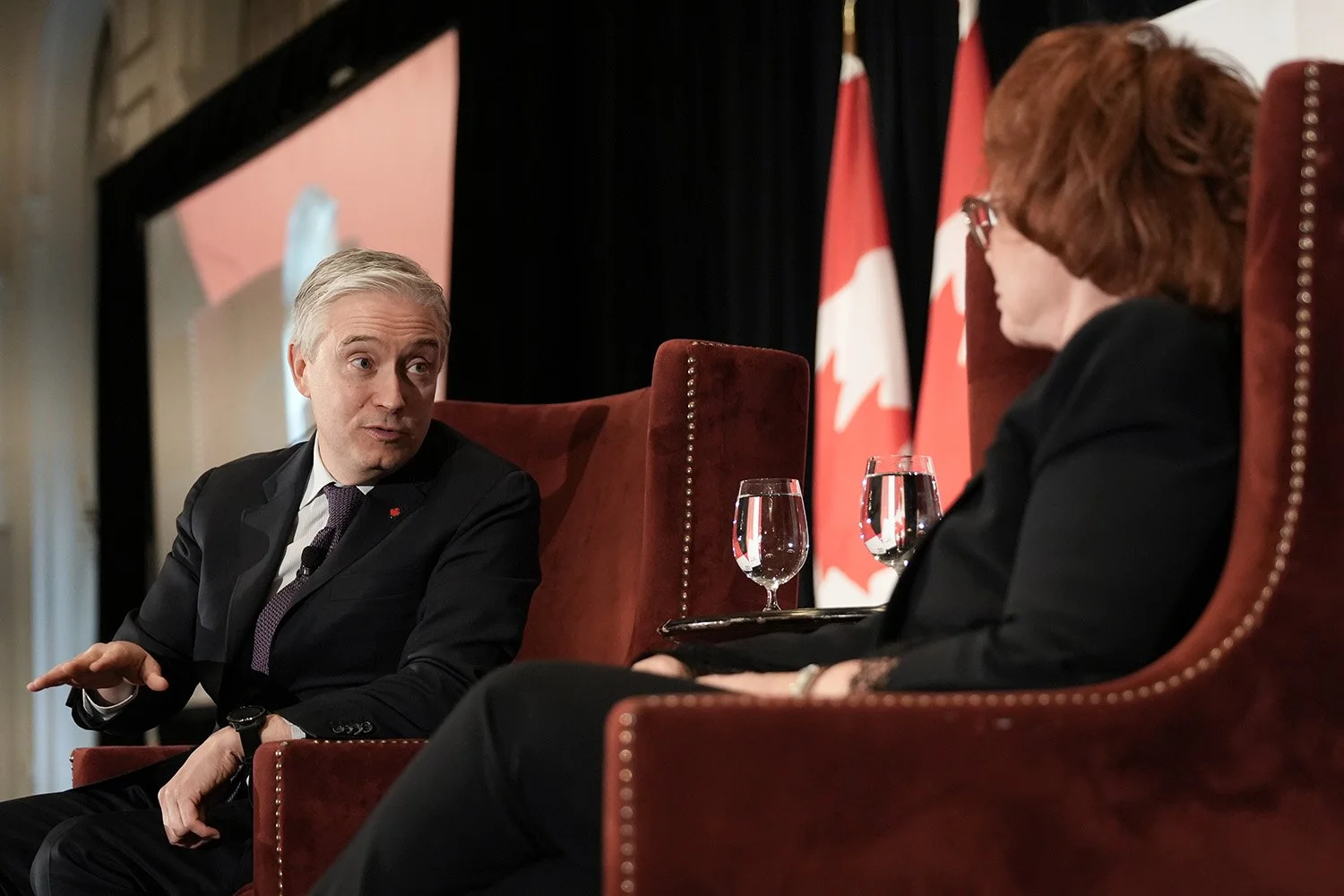A high bar and higher stakes for Carney’s first budget
‘To build the Canada we want for ourselves, we have to make responsible choices and bet big on Canadians,’ Prime Minister Mark Carney wrote on social media. / TWITTER PHOTO
In an attempt to either pre-empt bad news from Finance Minister François-Philippe Champagne or to convince Canadians that everything's fine and the government's in control, Prime Minister Mark Carney's pre-budget address this week seemed to fall a little flat for the business community.
His remarks were careful and measured, much less combative and "elbows up" than during the election campaign that brought him into power, which leaves more questions than answers.
Carney urged Canadians to “take control” and “build,” promising that Budget 2025 will bring “generational investments” to strengthen communities, create opportunities, and lower the cost of living. Yet, beneath the optimism, there were notable omissions. Most striking was the lack of any reference to progress in the Canada–U.S. trade dispute, a continuing source of uncertainty for exporters and investors. The Prime Minister’s commitment to double non-U.S. exports within the next decade was ambitious, but without clarity on the future of North American trade, many businesses will find it difficult to plan with confidence.
This comes against a mixed economic backdrop. According to Statistics Canada’s latest Consumer Price Index (CPI), inflation rose 2.4% year over year in September 2025, up from 1.9% in August. Excluding gasoline, prices increased 2.6%, suggesting that underlying inflation remains persistent. Shelter costs climbed 2.6%, while grocery prices rose 4.0%, the fastest annual pace since early 2024. The data reflect an economy still experiencing uneven price pressures despite signs of moderation in some sectors.
As Matthieu Arseneau and Alexandra Ducharme, economists at National Bank Financial noted:
“This inflation backdrop would be worrying if the economy were showing signs of strength, but this is definitely not the case. Tariff uncertainty continues to weigh on business confidence, with hiring and investment intentions remaining sluggish in light of the business outlook survey. There is therefore a high risk that this economy in excess supply (and too many workers on the sidelines) will become even more so in the coming months. As for inflationary pressures, there was no indication in the Business Outlook Survey that businesses felt they had pricing power. In fact, on average, anticipated output price growth is similar to what has been seen recently. In conclusion, we continue to favour a rate cut at the next decision, and the need for further accommodation will depend on the federal budget and a potential de-escalation of trade tensions with the United States.”
All of this makes the government’s financial planning more difficult. More public spending could give the economy a short-term boost, but it might also keep prices higher for longer — adding pressure on families and businesses already dealing with elevated borrowing costs.
Carney noted that Canada is forecast to be the second-fastest-growing economy in the G7 over the next two years. However, the country’s underlying productivity problem remains unresolved. Labour productivity has declined in three of the past four quarters, and business investment per worker continues to trail well behind that of the United States and other peers — long-standing challenges that continue to weigh on competitiveness.
For the first time since taking office, Carney spoke with real conviction on climate change and sustainable growth, positioning environmental policy as a core element of Canada’s economic future. He pledged to “build sustainably,” with investments in low-emission energy, housing, transport, and manufacturing — framing emissions reduction not as a constraint but as an “economic imperative.”
For the business community, the central question heading into Budget 2025 is whether the government can finally deliver economic certainty. Carney’s pledge to “cut waste and drive efficiencies” was encouraging, but businesses will be looking for concrete measures: stable tax policy, consistent regulatory frameworks and clearer industrial and trade strategies.
“We won’t play games. We won’t waste time. And we won’t hold back. We will do what it takes. We will play to win. We will bet on Canada and all Canadians,” Carney said.
We will know on Nov. 4 just what that means. The government’s credibility rests not on rhetoric, but whether its numbers add up. Even if the math is wonky, the budget has to present a credible, clear, coherent plan for stable, sustained, economic and productivity growth that is, at the same time, “climate competitive.”
That is a lot to ask. But Prime Minister Carney set this high bar himself.






